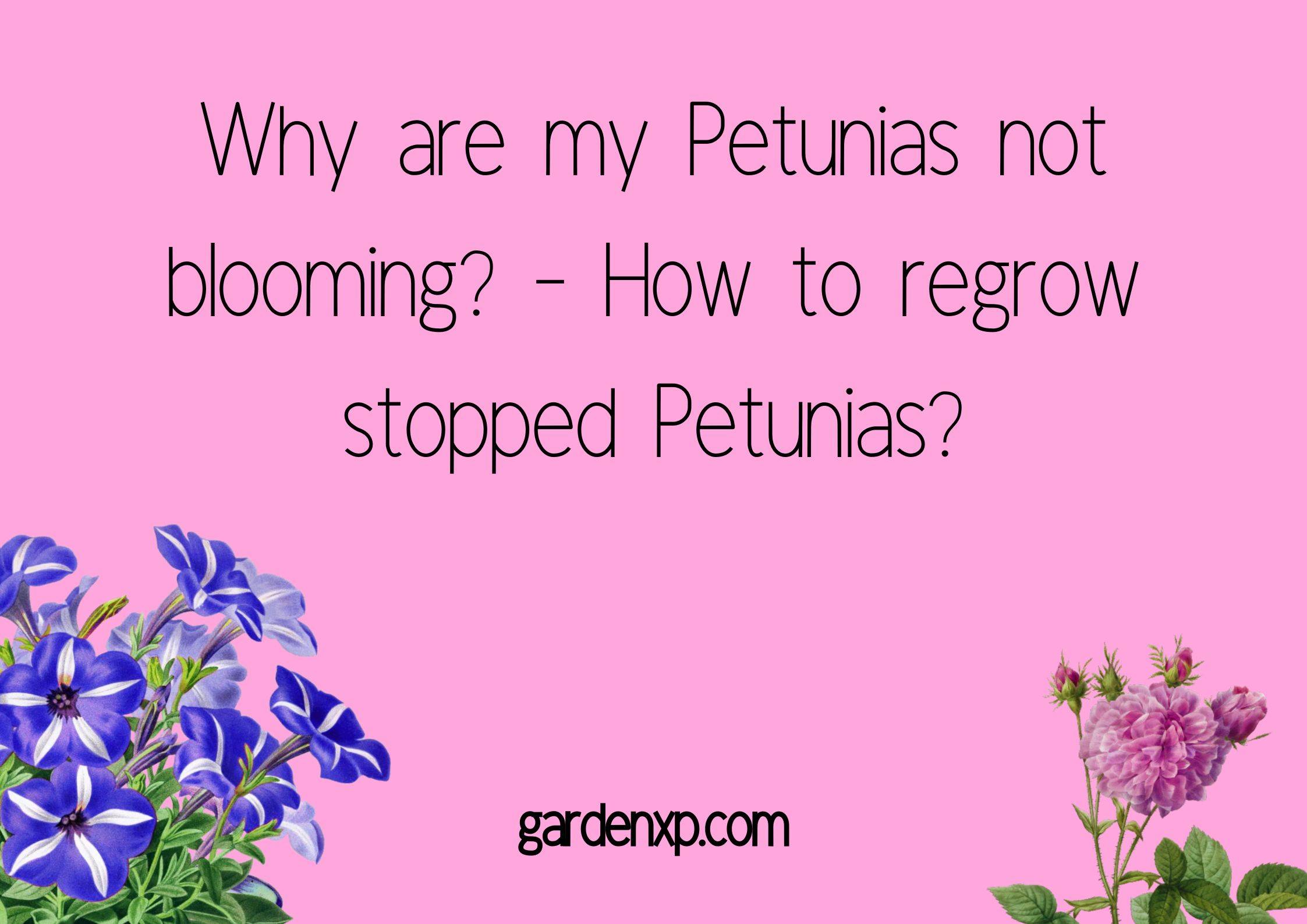Overwatered ZZ Plant – Signs and Step-by-Step Solution
This article is all about the Overwatered ZZ Plant, its Signs, and Step-by-Step Solutions. The beautiful wand-like stems yielding ZZ plants become anyone’s favorite. Zanzibar zamiifolia is perfect for home and office spaces with beautiful leaves that are dark green colored. Due to the fullness and the appearance of leaves, they are also called “Zanzibar gems”.
Key takeaways:
- The ZZ plants on a regular basis don’t need constant watering, that is the plant demands water only if the soil is dry. Otherwise, the plant can be overwatered.
- Not just this some other reasons like pot type, soil mix, and improper water supplies compile the reasons that can cause the ZZ plant to overwater.
But what does an overwatered ZZ plant look like? This article will explore all the signs and solutions for overwatered ZZ plants keeping every needed information in mind. So let’s get started!
How do you know when the ZZ plant is overwatered?
The ZZ plant grows from the rhizomes and the rhizomes are the structure that does all the storing work for the ZZ plants.
- These plants don’t need much water and will still shine with their glossy leaves.
- Many times while watering the ZZ plants we overwater them and that happens if you are growing them as houseplants.
- The ZZ plant doesn’t need more frequent watering than other plants.
- The ZZ plant when overwatered starts to show yellowing of leaves, root rot, and browning of leaves.
- Though browning of leaves can also occur due to other reasons like heat stroke, over-fertilization, low humidity, etc.
What are the reasons behind the Overwatered ZZ Plant?
1. Watering issue
The ZZ plants are different, these plants when watered with other plants with a hose or container gardeners many times don’t know that they have overwatered ZZ plant. The plant doesn’t need much water due to the tuber below the roots that store a lot of food and water for it.
When the soil is too soggy, the quality of the rhizome making it soft and mushy also will deteriorate and affect the health of the plant.
Little guide: water the plant when the ZZ plant soil is dry to the top 1-2 inches feel dry by touching the soil with a finger. If the pot is heavy on lifting that means there is still water in the soil, water when it becomes light.
2. Pot variety
Root rot problem is the most common problem seen in the ZZ plants so it’s vital to look at good drainage of the water in the soil.
Using a pot that has poor drainage like plastic pots or other non-ventilating pots can cause the overwatering of the ZZ plant really quickly. The roots get choked due to too much water that has no holes to pass through.
Little guide: Use terracotta pots or mud pots that have tony drainage holes. If you still want to stick with plastic pots then you can also make holes by yourself with easy drainage of water.
3. Poor drainage of the soil
If the drainage of the soil is poor it shows the overwatered ZZ plant. The ZZ plants need well-drained soil. The plants need a soil mix that has a good amount of sand and drainage ability of soil. The rhizome will get root rot, and wilting of leaves will happen.
Little guide: The ZZ plants need new soil as the spoiled soil is easy to be infected by bacteria and fungi. The soil can be modified using sand to increase the drainage of the soil.
Signs of overwatered ZZ plant
- Soft stems
- Black spots on the leaves
- Shriveled stems
- Root rot
- The yellowing of leaves of ZZ plants occur
- No new leaves are appearing
- Browning tips of ZZ plant
- Curling of leaves
- Drooping of branches
- The layer of soil gets thin and the bulb is visible.
| Things to keep in mind |
| 1. Provide sufficient sunlight to your ZZ plant. 2. Choose the right pot for your plant. 3. Pick a container that has a good amount of drainage holes. 4. Use a good potting mix. 5. Prune off the damaged leaves from the plant. |
How to save the overwatered ZZ plant?
1. Use a right pot
The right pot, which is a porous pot, needs to be used for the ZZ plants. The ZZ plants should be placed in pots having a good number of drainage holes.
The pot that is small in size will biome compact for a tube and less aerated. The ZZ plants are best grown in mud pots.
2. The soil should be fast draining
The soil mix should be used that is good at drainage. You can also add the constituents that improve soil drainage and make a potting mix specialized for the ZZ plant.
Other than this, ensure that the soil is not moldy otherwise you need to replace it with good and hygienic soil.
3. Heal the roots
The roots should be examined if you see that the soil is wet for long or many days. The roots rot is the issue faced by ZZ plants commonly that are overwatered. The ZZ plant needs to be taken out of the pot using the knife to scrape the pot edges in case of a potted ZZ plant.
Look for any rot in the roots, if there is root rot then try to cut them off using the scissors that have sterilized them. Wash away the extra dirt from the roots. The root if too wet needs to be dried first. The plant then should be repotted in the clean pit and using the new soil.
Water the plant lightly and let the ground get dry before watering. Use a good potting soil mix with coconut coir, perlite, and some compost for the boost.
4. Remove the damaged leaves
There is a high chance that the overwatered ZZ plant leaves are affected when they are overwatered. The damaged leaves stay on the plant for a long time then the other leaves will also be affected and cause disease to the different leaves and stems as well.
Remove or pinch off the discolored leaves, diseased or mushy leaves.
5. Modify the watering schedule
The watering schedule needs to be looked upon so that the plant can be saved. The overwatered ZZ plants are the result of the overwatering and that happens if the soil is watered even if it is moist and damp.
The soil doesn’t get the time to be drained properly. You need to change the watering schedule. Water the ZZ plants every 2-3 weeks, depending on the weather. In the summer the ZZ plant will demand more water. It is important that you let the soil get dry before watering the plant.
6. Stop over-fertilization
As the ZZ plant is overwatered, there are chances of leaching if the ZZ plant is fertilized further. Adding a little compost to the soil will fulfill the lost nutrients in the soil. But avoid fertilizing the soil that much.
Let the plant get time to soak in moisture and nutrients in the new soil. We recommend fertilizing the ZZ plant one time in 30 days, using a balanced fertilizer is best for ZZ plants.
7. Avoid direct sunlight on ZZ plants
The direct sunlight is really harsh for the ZZ plants when they are overwatered. The moist and warm conditions can help the fungus grow around the rhizome and the stems.
The ZZ plants if given too much sunlight will become prone to many diseases. Let the plant get indirect sunlight to dry and place it in a spot that is not too harsh for the ZZ plant.
Final thoughts on the context
The ZZ plants though don’t need much care but once they are overwatered that will increase your task. So it is better to take all the measures so that the ZZ plants are not overwatered. The ZZ plants need to be grown in the proper humidity, not too high and not too low. The high humidity in the atmosphere can also lead to overwatered ZZ plant. We hope you find this article useful and know what to do with an overwatered plant kid of yours. Don’t worry we have given all the workable solutions, so try them and do let us know! Happy growing up!


